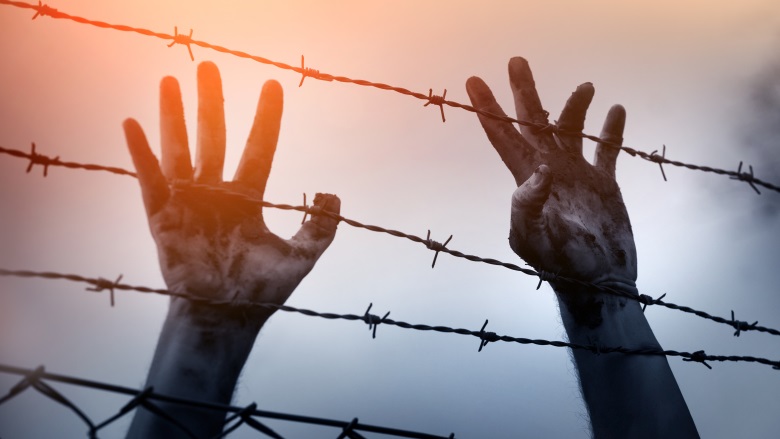While the threats have proliferated, the understanding of the drivers behind these threats has grown as well, as economists and political scientists have improved the data and tools to study these phenomena.
According to Do, researchers often rely on a model of crime and conflict as a contest over resources. In this simple model, two parties—the government and a rebel group—fight each other for control, and researchers have attempted to identify the factors determining the investment each side makes in the conflict. While the model may be simple, it has resulted in a number of useful insights:
- Higher wages and lower unemployment—what economists refer to as the opportunity cost of participation—make it harder for rebel groups to recruit new participants. Consequently, well-designed public works programs that offer employment opportunities can help reduce the pool of potential recruits.
- Citizen grievances against the government can make it easier for a rebel group to recruit participants. Economic inequality is one factor that researchers have identified as contributing to these grievances, so measures to tamp down inequality may be helpful.
- Aid and development assistance are not a panacea. While aid and development may increase wages and improve job prospects (making it harder for rebel groups to recruit), it may also increase the value of the resources over which the government and the rebel group are fighting.
Furthermore, just as the negative effects of crime and conflict spill across borders, the factors driving these phenomena may also originate from beyond a country’s border. Commodity markets are one clear example. In Colombia, for example, research has shown falling coffee prices and lower wages increased violence in municipalities where coffee growing was widespread. However, the effect of commodity prices depends on the context. A rise in oil prices resulted in increased violence in municipalities with higher revenues since the size of the pie the two sides were fighting over had grown.
Similarly, regulatory changes in one country can spur violence in a bordering country. For example, when the U.S. Federal Assault Weapons Ban expired in 2004, neighboring municipalities in Mexico experienced a spike in gun-related homicides.
A full accounting of how the international community can best manage the challenges arising from increasingly porous borders is forthcoming in the release of Violence without Borders: The Internationalization of Crime and Conflict, but Do pointed to general principles that can guide policy makers.
Key among these is the insight that international aid alone does not necessarily produce peace. When international aid is relatively easy to appropriate or undermines the political interests of a dominant group, it may incite greater violence. Instead, Do argued that greater coordination between international aid and peacekeeping efforts can significantly enhance the likelihood of peace.


